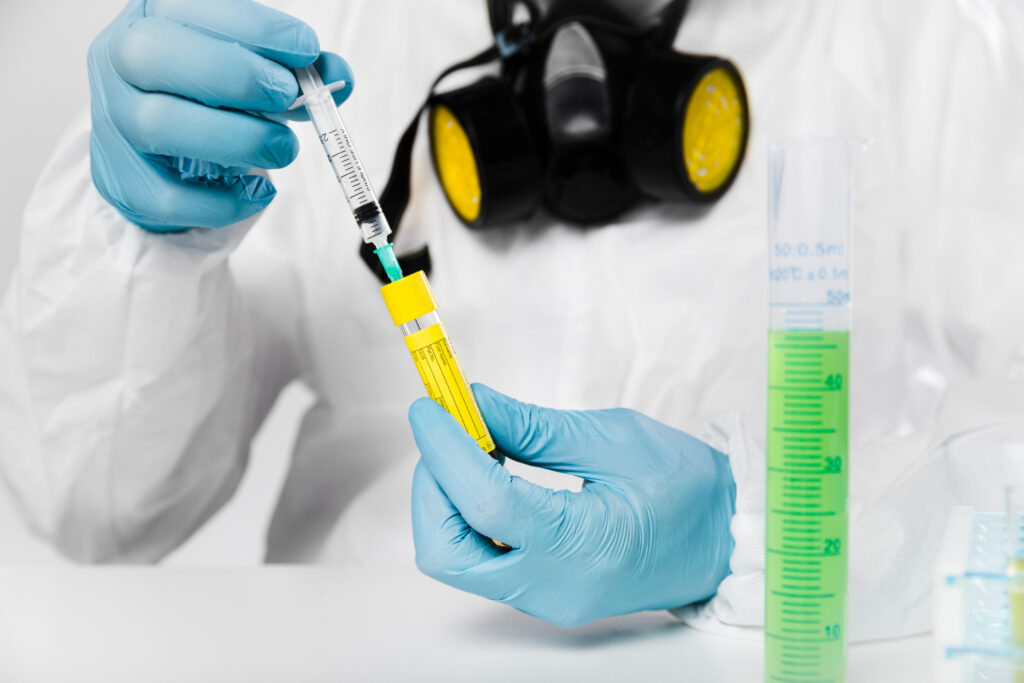Employers now drug screen new hires and keep current workers safe. Many workplaces require drug testing to comply with DOT or keep the workplace drug-free. Companies and employees should understand the differences between dot and non dot drug testing.
DOT Testing Services
DOT testing is customized to meet Transportation Department regulations. These rules apply to transportation, aviation, and railroad workers who ensure passenger safety. Federal law mandates dot drug testing program. Employers must follow these rules to meet DOT regulations.
Non-DOT Testing Services
Many organizations use third-party drug testing companies for non-DOT-regulated businesses and jobs to keep workers safe and boost productivity, regardless of federal regulation.

Differences between DOT and Non-DOT Drug testing
Finally, DOT testing must follow 49 CFR Part 40. Still, employers not DOT-regulated can create programs that meet or surpass those standards.
Differences between dot and non dot drug testing are:
- Employers that the DOT regulates are required to provide supervisor training and instruction to their employees. These, along with a documented policy, are not necessary for drug testing programs not part of the DOT, but they are recommended practices for minimizing liability in such programs.
- The DOT’s drug test Control and Custody Form (CCF) has “federal” printed across the top. Only the DOT should use this government drug testing form. This document is commonly called a “forensic CCF form” when used for testing purposes other than DOT work. You can’t use one form for the other.
- Dot drug testing program requires a split specimen, but non-DOT does not.
- Oral fluid, hair, or metabolites of marijuana, cocaine, amphetamines, methamphetamine, phencyclidine (PCP), or methylenedioxymethamphetamine can be tested non-DOT. DOT drug testing requires five-panel urine. The five substances or barbiturates, benzodiazepines, methadone, propoxyphene, Fentanyl, or methaqualone, can be tested.
- Dot drug testing program and alcohol testing programs require alcohol. A non-DOT drug testing program does not necessitate alcohol testing. Since 49 CFR Part 40 does not control non-DOT drug testing, employers should check state legislation where they do business in each state. In some jurisdictions, drug testing programs can save employers up to 5% on workers’ compensation insurance. DOT’s drug and alcohol testing program needs a policy. Everyone on staff subject to the company’s DOT drug testing program must get a copy of the policy. One employee must be designated to oversee the drug and alcohol program for every employer that the DOT regulates. The DER manages the company’s drug and alcohol testing policy. Making sure an employee is removed from a position that could endanger others promptly is the primary responsibility of the DER. No one else can fill this role; they have to be an employee of the firm. This is the gold standard for DOT testing programs that are not subject to regulation.
Conclusion
Several things should be considered while making the best decision for your organization between dot and non dot drug testing. These include the kind of your business and the tasks performed by your personnel. To prevent penalties for noncompliance, it is best to adhere to the DOT testing requirements if you are subject to the testing regulations stated in Title 40 of the Code of Federal Regulations. You have some leeway if your organization isn’t involved in a DOT-regulated industry or doesn’t recruit people for jobs particularly vulnerable to safety hazards. You can avoid random testing, test less frequently than what is required by federal law, or test for more substances.

